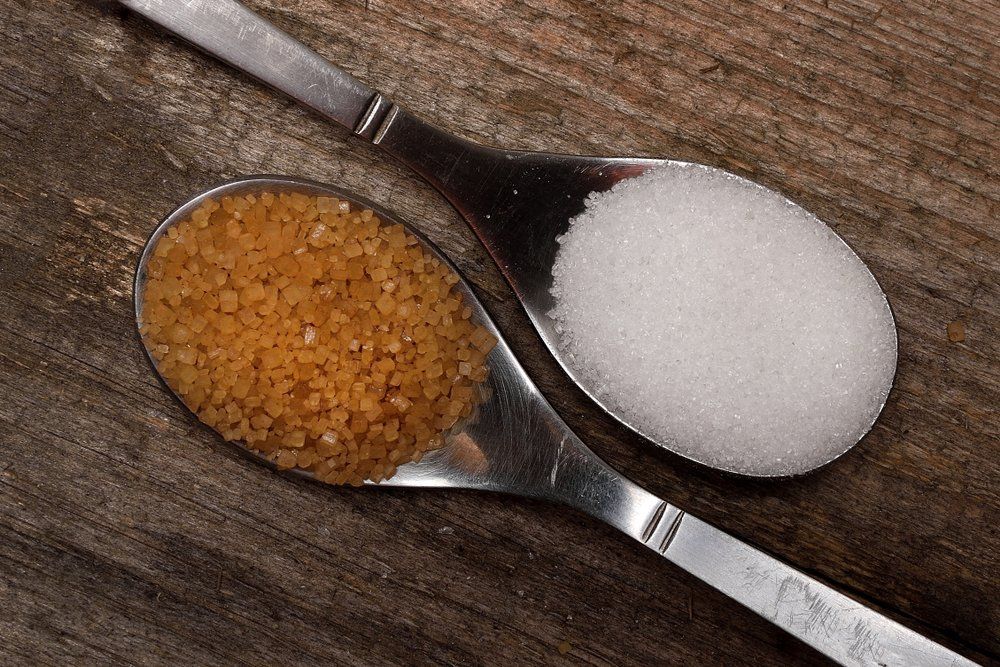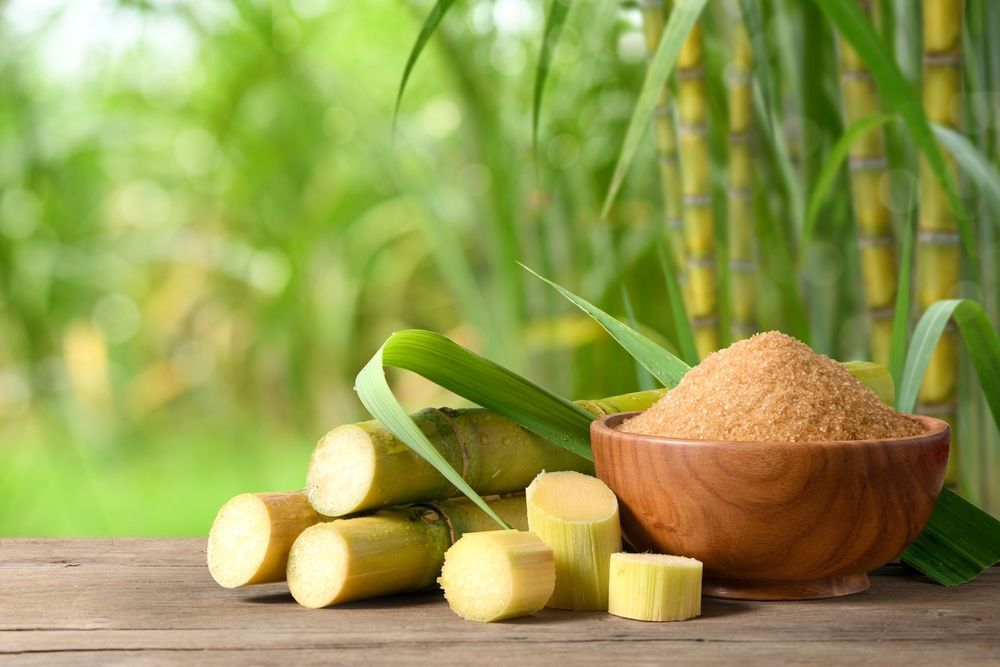Discover the Uses and Perks of Beet Sugar Vs Cane Sugar in Your Daily Diet
Discovering the distinct qualities of beet and cane sugar discloses even more than simply their sweetening abilities; it highlights their unique impacts on health and culinary arts. Beet sugar, recognized for its subtle flavor, is commonly preferred in delicate treats, whereas cane sugar, with its hint of molasses, includes splendor to robust dishes. Each kind holds its own dietary account and glycemic implications, inviting a deeper understanding of their roles in a balanced diet plan and lasting intake practices.
Origin and Manufacturing Processes of Beet and Cane Sugar

The distinctive climates and soil kinds needed for growing sugar beetroots and sugarcane contribute to distinctions in their cultivation techniques and geographic distribution, influencing the economics and sustainability of their manufacturing. beet sugar vs cane sugar.
Nutritional Comparison Between Beet Sugar and Cane Sugar
In spite of stemming from different plants, beet sugar and cane sugar are nutritionally extremely comparable, both mainly including sucrose. Each supplies regarding 4 calories per gram, equating to approximately 16 calories per tsp. Structurally, both sugars are composed of roughly 99.95% sucrose, with very little amounts of various other substances like wetness and trace minerals, which do not significantly change their nutritional accounts.

Eventually, when selecting between beet sugar and cane sugar based on dietary material alone, both offer the same benefits and downsides as they are essentially forms of the same molecule-- sucrose, providing quick power without other nutrients.
Effect On Wellness: Glycemic Index and Caloric Content
Discovering even more right into the impacts of beet sugar and cane sugar on health and wellness, it is necessary to consider their glycemic index and caloric content. Both sugars are classified as sucrose, which includes sugar and fructose. This make-up leads them to have a comparable effect on blood glucose degrees. The glycemic index (GI) of both beet and cane sugar is around 65, categorizing them as high-GI foods, which can create quick spikes in blood glucose degrees. This is a critical facet for individuals handling diabetes or those attempting to stabilize their power degrees throughout the day.
Each sort of sugar has around 4 calories per gram, making their caloric material matching. For those keeping track of calorie intake, especially when managing weight or metabolic health and wellness conditions, comprehending this equivalence is vital (beet sugar vs cane sugar). Too much consumption of any high-calorie, high-GI food can add to health issues such as excessive weight, heart condition, and insulin resistance.
Environmental and Economic Factors To Consider of Sugar Manufacturing
Beyond wellness effects, the manufacturing of beet and cane sugar also elevates substantial ecological and financial concerns. Sugar beet cultivation often tends to need cooler environments and has a reduced geographical impact compared to sugar cane, which grows in tropical regions. Nevertheless, both plants are intensive in terms of water use and land occupation, potentially bring about deforestation and water shortage. Economically, the international sugar market is very unpredictable, influenced by adjustments in worldwide trade plans and subsidies. Many countries incentivize sugar manufacturing through financial backing, skewing market rates and affecting small-scale farmers negatively.
In addition, making use of chemicals and fertilizers in both beet and cane sugar growing can lead to dirt destruction and contamination, more affecting biodiversity and regional water bodies (beet sugar vs cane sugar). The option in click to read between cultivating sugar beet or cane often depends upon local environmental problems and financial elements, making the sustainability of sugar manufacturing a complicated problem
Culinary Applications and Flavor Differences
While the environmental and economic elements Homepage of sugar production are undoubtedly considerable, the selection between beet and cane sugar likewise influences cooking applications and taste profiles. Beet sugar, acquired from the sugar beet plant, is understood for its extremely neutral taste.
Walking stick sugar, drawn out from sugarcane, often retains molasses traces, which present a distinct richness and depth. This mild molasses taste improves the intricacy of baked goods, sauces, and marinades. It is especially preferred in products where a caramel undertone is wanted, such as in brownies or gingerbread. Additionally, the mild variation in dampness content in between beet and cane sugar can affect the texture and uniformity of recipes, making cane sugar a preferred option for specific dishes that gain from its one-of-a-kind homes.

Verdict
In conclusion, both beet and cane sugar have distinct origins and production procedures, offering similar nutritional profiles with mild differences in salt web content and flavor. While their effect on wellness, particularly relating to glycemic index and calories, is equivalent, the selection between them typically comes down to ecological, financial variables, and particular culinary requirements. Understanding continue reading this these elements can guide consumers in making educated decisions that straighten with their health and wellness goals and flavor preferences.